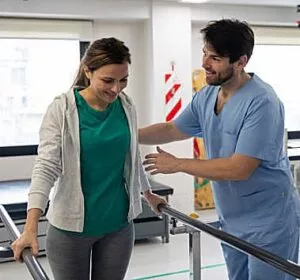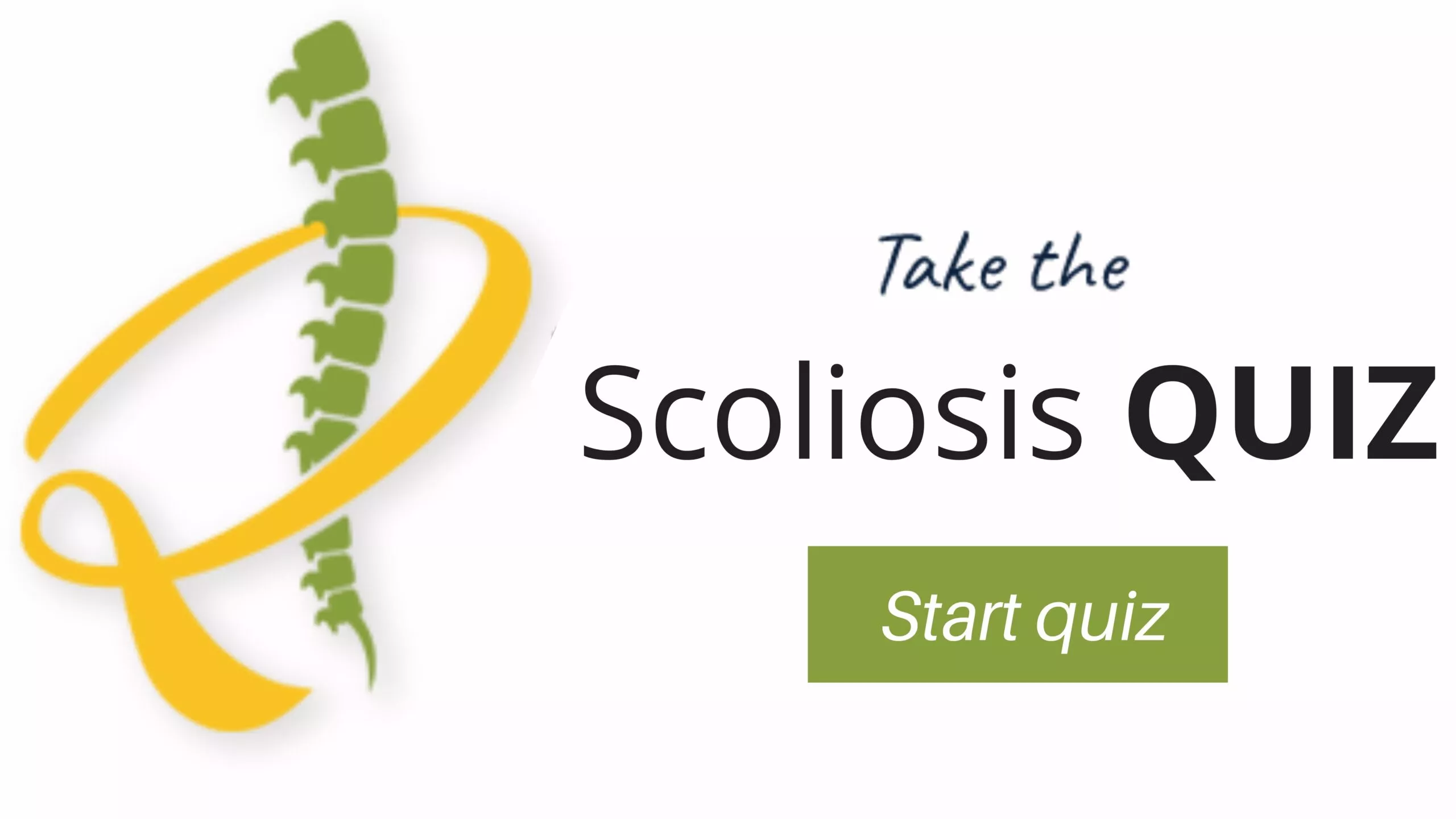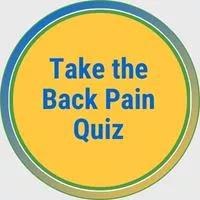At the Southwest Scoliosis and Spine Institute we see most patients going back to work after 4 to 6 weeks. But it may take a few months to get back to your usual activities.
Recovery After Cervical Spine Surgery
 The majority of people who undergo cervical spine surgery experience good to excellent results following the operation. Most people will experience significant relief of pain both in the neck and radicular pain in the shoulder and arm. The goal of the majority of cervical spine operations is the successful return to the activities of daily life.
The majority of people who undergo cervical spine surgery experience good to excellent results following the operation. Most people will experience significant relief of pain both in the neck and radicular pain in the shoulder and arm. The goal of the majority of cervical spine operations is the successful return to the activities of daily life.
A surgical procedure on the cervical spine can last from one to several hours. Spine fusions that require the placement of plates and screws tend to last much longer than simple discectomies. Patients often report improvements in the way they feel immediately after they awake after the surgery.
However, strengthening the weakened muscles and soft tissue surrounding and supporting the neck requires a longer-term program of exercise and therapy. Although many patients see and feel immediate benefits, they need the benefits of a comprehensive rehabilitation program for several months to get the total benefit.
At the Southwest Scoliosis and Spine Institute, we know that each person’s recovery is unique, and it is essential for patients to listen to their bodies and progress at a pace that is comfortable and safe for them. We also know that patients should work closely with their doctors and healthcare team, including physical therapists and rehabilitation specialists as they can help guide the recovery process and ensure a successful return to normal activities.
Questions and Answers
How Long does it Take to Recover from Cervical Spine Surgery
The recovery time after cervical spine surgery can vary depending on the specific procedure performed, the extent of the surgery, and individual factors. In general, it may take several weeks to months to achieve a full recovery. However, it is important to note that the initial stages of recovery, such as pain management and wound healing, occur in the first few weeks. The complete recovery, including rehabilitation and returning to normal activities, can take several months.
What Precautions should be taken after Cervical Spine Surgery
Following cervical spine surgery, certain precautions are typically advised to promote healing and prevent complications. These precautions may include:
- Limiting activities that involve bending, twisting, or heavy lifting to avoid strain on the surgical site.
- Wearing a neck brace or cervical collar as recommended by the surgeon to provide support and stability to the neck.
- Following a prescribed medication regimen for pain management and to prevent infection.
- Adhering to any restrictions on driving, returning to work, or participating in physical activities as specified by the surgeon.
- Maintaining proper posture and body mechanics to avoid putting excessive stress on the cervical spine.
It is crucial to follow the surgeon’s post-operative instructions and attend scheduled follow-up appointments to ensure a smooth recovery and optimize outcomes.
When can a Patient return to normal Activities after Cervical Spine Surgery
The timeline for returning to normal activities after cervical spine surgery varies depending on the type of surgery, individual healing progress, and the nature of the activities involved. In general, light activities of daily living can be resumed relatively soon after surgery, while more strenuous activities may require a longer recovery period. Your surgeon will provide specific guidelines on when you can gradually resume activities such as driving, working, exercising, and participating in sports.
WE’RE HERE TO HELP STOP THE PAIN
Call the Southwest Scoliosis and Spine Institute at 214-556-0555 and make an appointment with one of our expert spine doctors.
Day One After Cervical Spine Surgery
Doctors and nurses consider the day after surgery as day one. Under the supervision of a physical therapist, you may sit on the edge of the bed and stand with support. You will most likely be wearing some type of cervical brace when you return from surgery. You will need to keep this in place unless specifically instructed to remove it by your surgeon. While patients are often encouraged to stand and sit (with assistance if needed) within twenty-four hours after surgery, walking is approached gradually and in a guided manner to avoid injury and complications. Try not to overdo it the first few times you get up and walk.
Treatment
Your nurse will check the circulation and motion of your legs and feet. You may get an Incentive Spirometer (blue inhalation tube) to help expand your lungs to prevent pneumonia. The dressing may be removed from your incision and changed. The doctors will use Surgical tape, sutures, or adhesive tape to close your incision. An ice pack or cooling pad may be used to help decrease swelling and increase your comfort. It’s common to continue intravenous fluids for the first day or two.
Activity
Your physical therapist will work with you to help you begin moving safely. Ideas will be given to help you move safely in bed and up to a sitting position. You’ll gradually progress to standing and walking. You may require the use of a walking aid (cane or walker) for a short time following surgery. Exercises may be given to ease soreness in your legs. You may begin static tightening of the thigh and buttocks muscles. Ankle pump exercises can help fluid from pooling in the lower limbs and prevent the formation of blood clots in the legs.
Diet
Your physician will order your food. Recovery from anesthesia varies from person to person, so your diet will be adjusted as your intestinal function returns to normal. Usually, as soon as you are able to eat, you can drink clear liquids. If you are able to tolerate these, you will be given more solid food.
Medication
Antibiotics may be given intravenously for 24 hours to help prevent infection. Pain medication is available to ensure your comfort. During the first 24 hours after surgery, you will probably be given pain medications that are injected – either through the IV line or as intramuscular injections into the arm or buttock area. These medications are usually much stronger and faster-acting than pills taken by mouth. If you do not feel comfortable, please let your nurse know. In order to participate in your exercise program, you need to feel ok.
Day Two and Beyond After Cervical Spine Surgery
Treatment
If needed, the nurse will change your wound dressing.
Medication
During the first few days after surgery, some pain will occur. The nursing staff will control the pain with medication. Please let your nurse know of any pain. After the first day, you will begin the switch from pain medications given through the IV line to pills you can take by mouth. It is difficult to go home until you can take pain medications by mouth.
Activity
Your physical activity will continue to focus on your safety with mobility and help you toward independence. In spite of any mild discomfort, it’s important that you do the deep breathing and physical therapy exercises as instructed. Patients who breathe well and work at tightening their muscles often heal faster.
How to Use Your Neck Brace After Cervical Spine Surgery
Prior to surgery, patients get fitted with two different types of cervical collars. As soon as the nurses remove all the bandages and you feel strong enough after your surgery, you may shower wearing your collar made of foam. You may also shampoo your hair while in the shower as long as your collar is securely in place. After your shower, towel dry as normal while keeping your collar on securely.
Then lie flat on your back with the second collar by your side. Undo the velcro on the wet collar and remove the front portion of the wet collar while keeping your neck still. Wash your neck area with water and mild soap and pat dry. A family member or friend should inspect your incision for signs and symptoms of infection (see your discharge sheet). If alone, you can use a handheld mirror to inspect your wound. Men may also shave while in this position. Replace with the front portion of the dry collar. Holding the front portion firmly with one hand, log roll onto your side.
Finally, patients should remember to keep their necks still and remove the back portion of the wet collar. Also, wash and pat dry the back of your neck and replace the rear collar with a dry one. Log roll onto your back and attach the velcro straps in place. Do not use lotions, powders, or oils on your incision while it is in the healing process. If skin irritation occurs try wearing a silk scarf under your brace. This can be very soothing and help decrease irritation.
Conclusion
The Southwest Scoliosis and Spine Institute is a private medical practice located in three locations in Dallas, Plano, and Frisco, Texas. The practice specializes in the diagnosis and treatment of spinal conditions, including scoliosis, kyphosis, and other spinal deformities. Furthermore, the Institute offers a variety of treatment options, including surgical and non-surgical approaches. We have top-rated, board-certified, fellowship-trained doctors who specialize in diagnosing and treating Scoliosis, Complex Spine Issues, and Spine Revision for both children and adults.
Finally, our doctors specialize in providing solutions even when other specialists claim nothing can be done. Please note that we have successfully treated over 100,000 patients and carried out over 16,000 surgeries. We offer hope and deliver solutions. Call us today.
____________________
Medline Plus: Recovery after Cervical Spine Surgery
If you or a loved one suffers from spinal pain, you owe it to yourself to call Southwest Scoliosis and Spine Institute at 214-556-0555 to make an appointment.


